Release date: 2016-09-26
According to foreign media reports, neurosurgeon Sergio Canavero is the director of the Turin Advanced Neuromodulation Group in Turin, Italy. He has always hoped to carry out the world's first human exchange. Head surgery has therefore caused a lot of controversy. Now, he has launched a "Frankenstein" experimental program to "resurrection" human corpses, hoping to test the technology related to the head-changing technique.
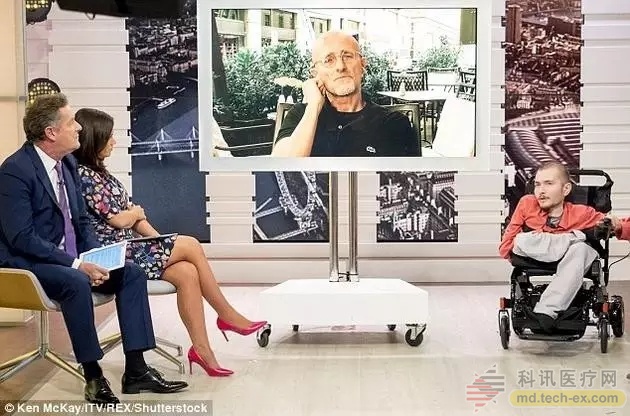
Canavero (centre) and his colleagues believe that they may be able to perform the first human head transplant next year.
Canavero and his colleagues believe that they may be able to perform the first human head transplant next year. They plan to use electrical impulses to stimulate the nervous system of a dead body that has just died, verifying the possibility of connecting the spinal part of one's head to another. However, according to Valery Spiridonov, a Russian who has volunteered for transplant surgery, his girlfriend is against him.

Canavero plans to use electrical impulses to stimulate the nervous system of a dead body that has just died, verifying the possibility of connecting the spinal part of one's head to another.
The goal of this operation is to cut off the spinal cord and then use electronic or magnetic fields to stimulate the nerves of the corpse to "resurrection" and even activate the limbs. In an article published in the journal Surgical Neurology International, Canavero and his Korean and Chinese collaborators used the story of Frankenstein to compare the protagonist’s power. Resurrected the monsters made up of dead bodies.
Canavero pointed out that in the 19th century, experiments with the bodies of hanged criminals showed that such attempts were likely to succeed. “A fresh corpse may be a substitute for a living tester within a certain window period (a few hours),†he said. “And there are signs that death breakdown is not an immediate process, we will The effect is called the 'Frankenstein effect'."
Dr. Canavero and his colleagues have published the results of previous experiments, showing that they can cut off a dog's spinal cord and reconnect them. A series of recent research papers detail the process by which the dog can finally walk and whip his tail after the neck has been broken and smashed for three weeks.
According to Canavero, these results demonstrate that the GEMINI spinal fusion technique they use is feasible in humans and can be used to connect the ends of the spinal cord together. In the future, the technology will also be used to connect the transplanter's head and the donor's body, allowing the paralyzed patient to regain control of the body.
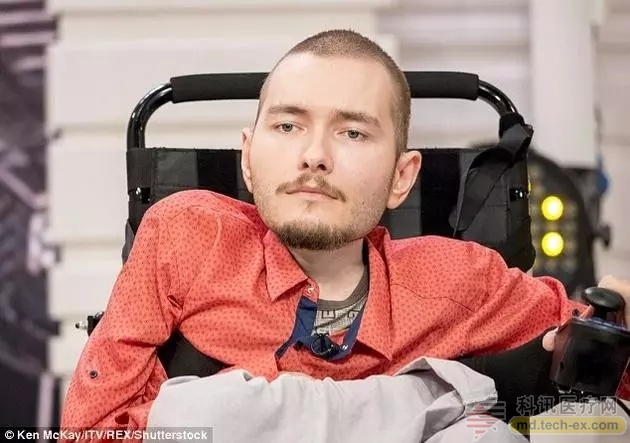
Valery Sbilidov is a Russian programmer who is 30 years old and has a spinal muscular atrophy called "Wonnick-Hoffman".
Valery Sbilidov is a Russian programmer who is 30 years old and has a spinal muscular atrophy called "Wonnick-Hoffman". He has expressed his willingness to participate in this head transplant. However, many people in the scientific community have expressed doubts about the results of the experiments of Canavero and others, and warned that the results of animal-headed experiments are not necessarily valid in humans.
At present, the outside world is not clear about the extent to which the dog's spinal cord has been severed, and how much the experimental treatment and injury are related to the complete head transplant. Canavero wrote in the article "Surgical Neurology International" that the results of these experiments should eliminate the excitement about the whole transplant "once and for all".
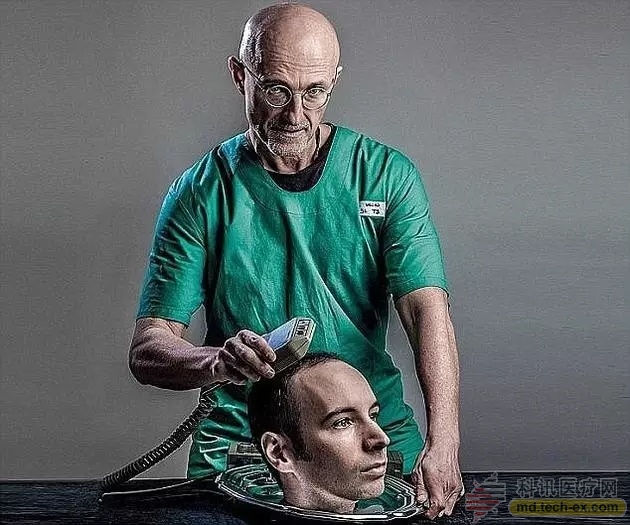
Canavero's head-changing plan has been criticized by many scientists and is still controversial, but he still insists that the study will help patients with spinal cord damage.
"Of course, these results need to be repeatable, but there is no doubt that this new set of data confirms that the spinal cord can be reconnected after cutting and can achieve effective behavioral recovery," Canavero said. "Although these animals are excited Human heart, but the real value lies in human research."
He said that the corpses used in the initial trial were from brain-dead organ donors whose spinal cord would be cut and treated to see if they could be repaired. He also explained the techniques used to detect connections, including electrical stimulation of the spinal cord and transcranial magnetic stimulation of the brain.
If the spinal cord is reattached, these stimuli should produce tiny electrical impulses in the nerve that are located much deeper than where the spinal cord is severed. Canavero said: "We believe that this inference is based on neuropathology." He first announced that he would change his head - or change his body - the plan for surgery was in 2013. By 2015, he believes that the challenges of the surgery can be overcome.
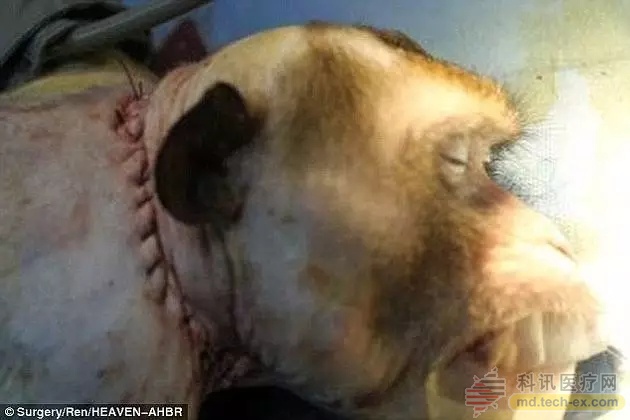
Chinese scientists announced earlier this year that they had had a head transplant on a monkey that successfully restored blood flow between the head and the new body, but did not attempt to connect the severed spinal cord.
Together with collaborators from Korea, China and the United States, he began an attempt to engage the head - called the "HEAVEN" project, to develop the techniques needed for surgery such as head-change. Canavero announced earlier this year that Chinese scientists have performed a head transplant on a monkey and successfully restored blood flow between the head and the new body.
However, they did not reconnect to the spinal cord and the experimental animals did not regain their physical activity. The Chinese neurosurgeon mentioned by Canavero is Ren Xiaoping of Harbin Medical University. He said that it may take some time for the first head transplant in humans.

Valery Sbilidov has been trapped in wheelchairs due to hereditary diseases. He hopes to gain independent activities through head transplant surgery.
In an interview last year, Ren Xiaoping said that the experiments performed on rats only had a survival rate of 30% to 50%. "Some rats live for a few hours, and the longest is a day." In an article recently published in Surgical Neurology International (edited by Canavero), researchers from South Korea and the United States claim that they have successfully connected the spinal cord in mice and dogs.

The Korean research team tried a polyethylene glycol solution on a dog whose spinal cord was almost completely cut. It is said that 90% of the dog's spinal cord has been cut. Although the dog started to squat, three days later, the research team reported that it had been able to move the limbs.
C-Yoon Kim is a neurosurgeon who works with Canavero and works at Konkuk University in Seoul, South Korea. In the experiment, he cut off the spinal cord of 16 mice, and then injected a chemical called polyethylene glycol (PEG) into the spinal cord cutting site of half of the mice.
Four weeks later, 5 of the 8 mice that received PEG injection regained some of their mobility and 3 died. Eight other mice that did not receive polyethylene glycol were also dead. Korean researchers also injected five rats with spinal cord cuts with effect-enhanced polyethylene glycol. The results showed that electrical signals were transmitted after treatment. However, four of the rats died in a laboratory flooding accident, so it was impossible to observe whether they recovered limb activity.
In the last experiment, the Korean research team tried a polyethylene glycol solution on a dog whose spinal cord was almost completely cut. It is said that 90% of the dog's spinal cord has been cut. Although the dog started to squat, three days later, the research team reported that it had been able to move the limbs. After three weeks, the dog was able to walk and wag his tail. No control group was set in these experiments.
However, according to New Scientist, other scientists have expressed serious concerns about the results of these experiments. Jerry Silver, a neuroscientist at Case Western Reserve University in the United States, said: "These papers do not support further experiments on humans. They claim to cut 90% of the cervical spine, but there is no evidence in the paper. There are only a few rough pictures."
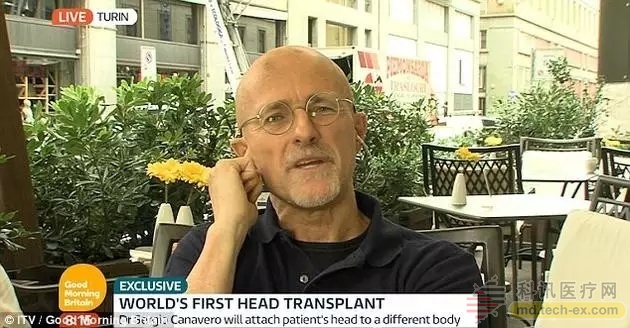
Canavero said in an interview that his team plans to complete the relevant experiments on the body first, and then try to transplant the head for Valery Sbilidonov.
Some people think that it will take at least eight years for a real human head transplant. However, Canavero said in an interview that his team plans to complete the relevant experiments on the body first, and then try to transplant the head for Valery Sbilidov. He said that only when the experiment reaches 90% chance of survival, they will perform surgery on the living person.

In an article published in the journal Surgical Neurology International, Canavero and his collaborators in South Korea and China use the story of Frankenstein to compare, the protagonist of the story is Power revived the monsters that the dead bodies made.
"The first person to receive this type of head transplant will not be Valery, but the organ donor who died of brain. Therefore, the first human head transplant is to transplant the head of one brain death donor to another. The body of the brain-dead donor who has removed the head," Canavero said. "After many corpses, it is proved that after the surgery on the brain-dead organ donor is finally feasible, we will do it on Valery. Surgery. In fact, the list of patients waiting for surgery is very long, we can't give all the names, and several of them are from England."
However, Canavero’s “Resurrection†corpse plan undoubtedly requires ethical approval, and this may create obstacles to related experiments.
Source: Sina Technology
Gunsafe is made of strong thick solid steel.After multiple physical tests to ensure that your valuables can be stored safely.And the surface adopts special material and texture design to prevent the safe from being scratched or corroded and increase the storage safety of the safe.And the leather wrapped inside can better protect your valuables.Our products have anti-theft alarm systems. Enter the wrong password 3 times or wrong fingerprint 5 times, the system will lock and alarm for 1 minute. If someone tries to move it while it is locked, the alarm will also sound. You can set it to silent mode if you want.
Non Fireproof Gunsafe,Storage Gun Safe,Cabinet Electronic Safe,Anti Theft Gun Safe Box
Hebei Hupai Aodi Cabinet Industry Co.,Ltd. , https://www.aodicabinet.com